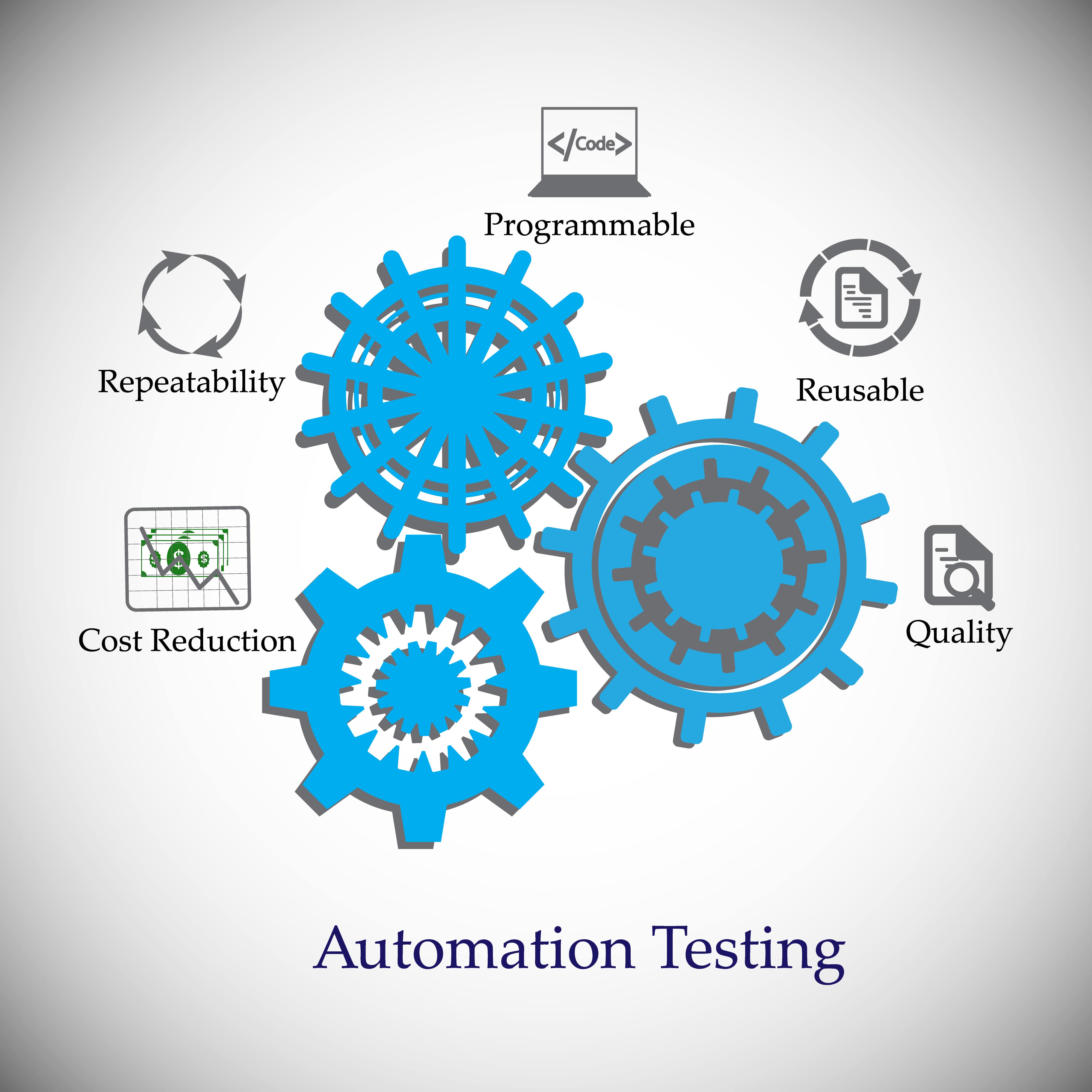Automation Testing Frameworks: Simplifying Intricate Testing Scenarios
Automation Testing Frameworks: Simplifying Intricate Testing Scenarios
Blog Article
Making Sure Success in Automation Evaluating: Trick Metrics, Difficulties, and Solutions Every QA Team Need To Know
In the world of software program top quality guarantee, the landscape of automation screening is ever-evolving, demanding a meticulous approach to guarantee smooth operations. The trip to grasping automation screening is paved with nuances that need an eager eye for monitoring, analysis, and continuous enhancement. As the sector drives forward, the pursuit for ideal efficiency in automation screening stays a constant quest, prompting QA teams to equip themselves with the expertise and techniques important for triumph.
Significance of Secret Metrics
Understanding the significance of vital metrics is essential for evaluating the performance and performance of automation screening processes. Key metrics function as measurable steps that give useful insights right into different facets of the screening process, such as examination protection, test execution time, flaw thickness, and test situation efficiency. By assessing these metrics, QA teams can recognize bottlenecks, inefficiencies, and locations for enhancement within their automation testing framework.
One essential aspect of vital metrics is their capability to track progress and monitor the total health and wellness of the screening procedure (automation testing). They make it possible for stakeholders to make enlightened choices based upon data-driven insights, which can lead to much more efficient testing methods and better source allocation. Additionally, key metrics can assist teams set reasonable objectives, determine the success of automation initiatives, and show the ROI of automation screening initiatives

Typical Obstacles Dealt With
Challenges generally encountered in automation screening processes can significantly influence the overall efficiency and performance of QA groups. Among the significant difficulties is the choice of the appropriate examination instances for automation. Not all test instances appropriate for automation, and selecting the wrong ones can result in lost time and sources. In addition, maintaining test manuscripts can be a difficult job, especially as the application undertakes constant modifications. Test manuscript maintenance calls for continual updates and alterations to ensure they mirror the current functionality precisely. One more common challenge is the first investment required for establishing automation structures and devices. This can be an obstacle for some organizations, especially smaller sized ones with minimal spending plans. In addition, automation testing may not cover all aspects of testing, such as use and customer experience testing, which still call for manual treatment. Conquering these challenges calls for appropriate planning, critical examination situation choice, robust upkeep processes, sufficient resources, and a clear understanding of the constraints of automation screening.
Effective Solutions for Obstacles
To address the challenges experienced in automation testing, carrying out efficient options is important for improving the effectiveness and productivity of QA groups. One key solution is to purchase robust training programs for QA groups to ensure they have the essential abilities to successfully utilize automation tools. Training can bridge knowledge voids, enhance understanding of automation frameworks, and enhance scripting abilities, eventually causing more efficient test creation and implementation.
One more vital remedy is to establish clear interaction channels within the QA group and with other stakeholders, such as designers and task supervisors. Reliable interaction helps in aligning assumptions, sharing development updates, and promptly resolving issues or obstacles that might emerge during the automation testing process.

Surveillance and Evaluation Strategies
Implementing efficient monitoring and evaluation techniques is important for making sure the success and effectiveness of automation testing procedures. Furthermore, assessing test results and metrics gives useful understandings into the quality of the software being tested and the performance of the testing approach.
One key method in surveillance over at this website and evaluation is the use of control panels that consolidate appropriate metrics and KPIs in an aesthetically easily accessible format. These control panels use a comprehensive review of examination execution status, examination coverage, flaw patterns, and other important information. Frequently examining and analyzing these control panels can assist QA teams make notified decisions, focus on tasks, and enhance testing initiatives.
Moreover, executing automated signals and alerts based upon predefined thresholds can boost proactive surveillance and timely intervention. By establishing notifies for efficiency discrepancies or test failures, groups can attend to concerns promptly and prevent them from rising. On the whole, tracking and analysis methods play look at this now a crucial function in ensuring the efficiency and success of automation testing efforts.
Constant Renovation Strategies
Enhancing the effectiveness of automation testing procedures demands the regular improvement of methods and methodologies. One vital approach to improving automation testing processes is to conduct regular evaluations and retrospectives.

Final Thought
Finally, it is important for QA groups to recognize the crucial metrics, challenges, and remedies in automation testing to guarantee success. By carefully keeping track of and analyzing information, carrying out efficient remedies to usual obstacles, and continuously boosting methods, QA teams can maximize their screening processes and deliver high-grade software. Abiding by these practices will ultimately result in extra efficient and effective automation testing methods.
By evaluating these metrics, QA teams can recognize traffic jams, ineffectiveness, and locations for improvement within their automation screening framework.
Furthermore, essential metrics can aid teams established reasonable objectives, measure the success review of automation initiatives, and show the ROI of automation screening initiatives.
Challenges frequently encountered in automation screening procedures can substantially affect the general performance and performance of QA teams. Automation testing might not cover all aspects of testing, such as usability and customer experience screening, which still call for hand-operated treatment.In conclusion, it is crucial for QA groups to recognize the key metrics, obstacles, and options in automation testing to guarantee success.
Report this page